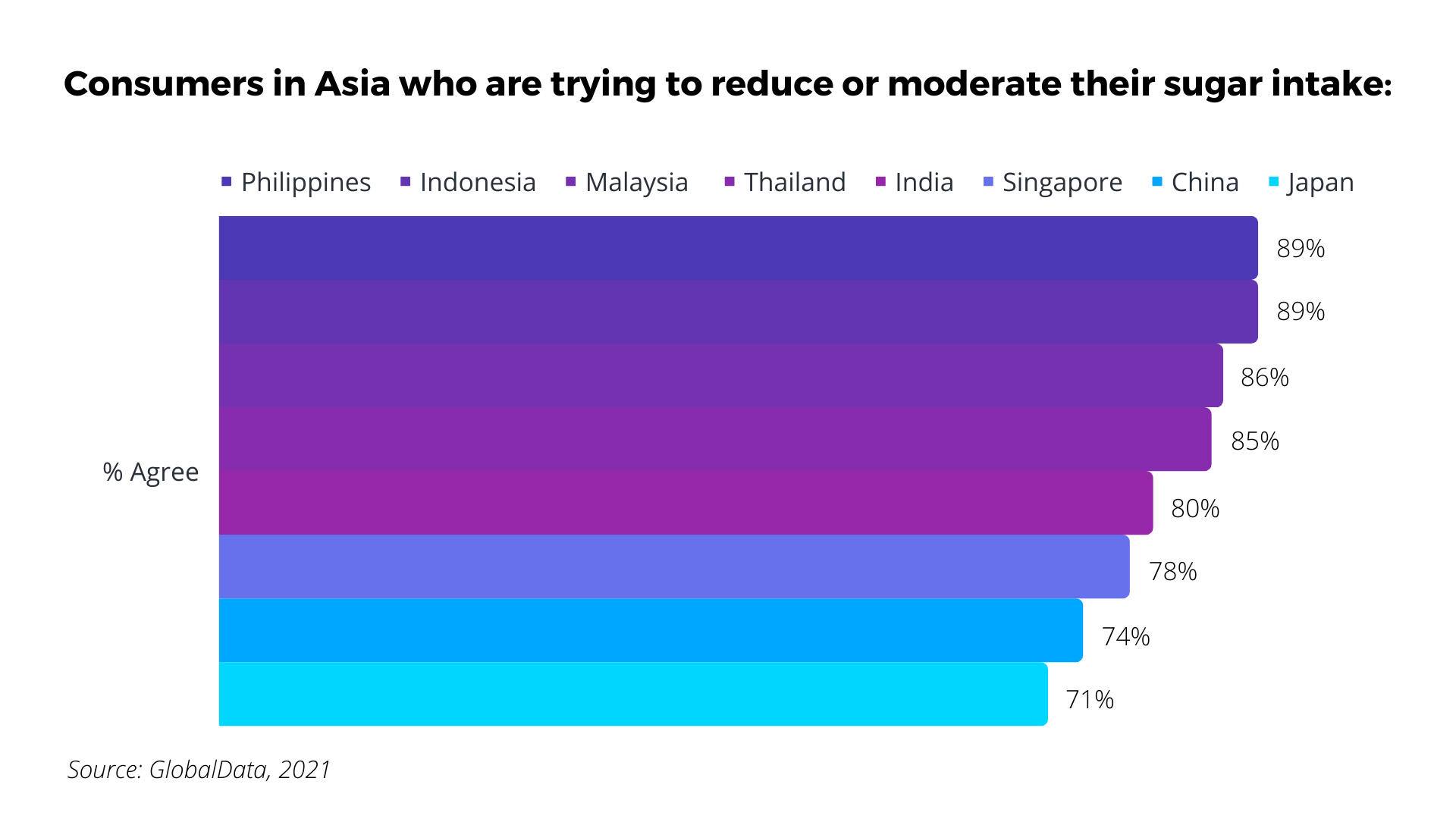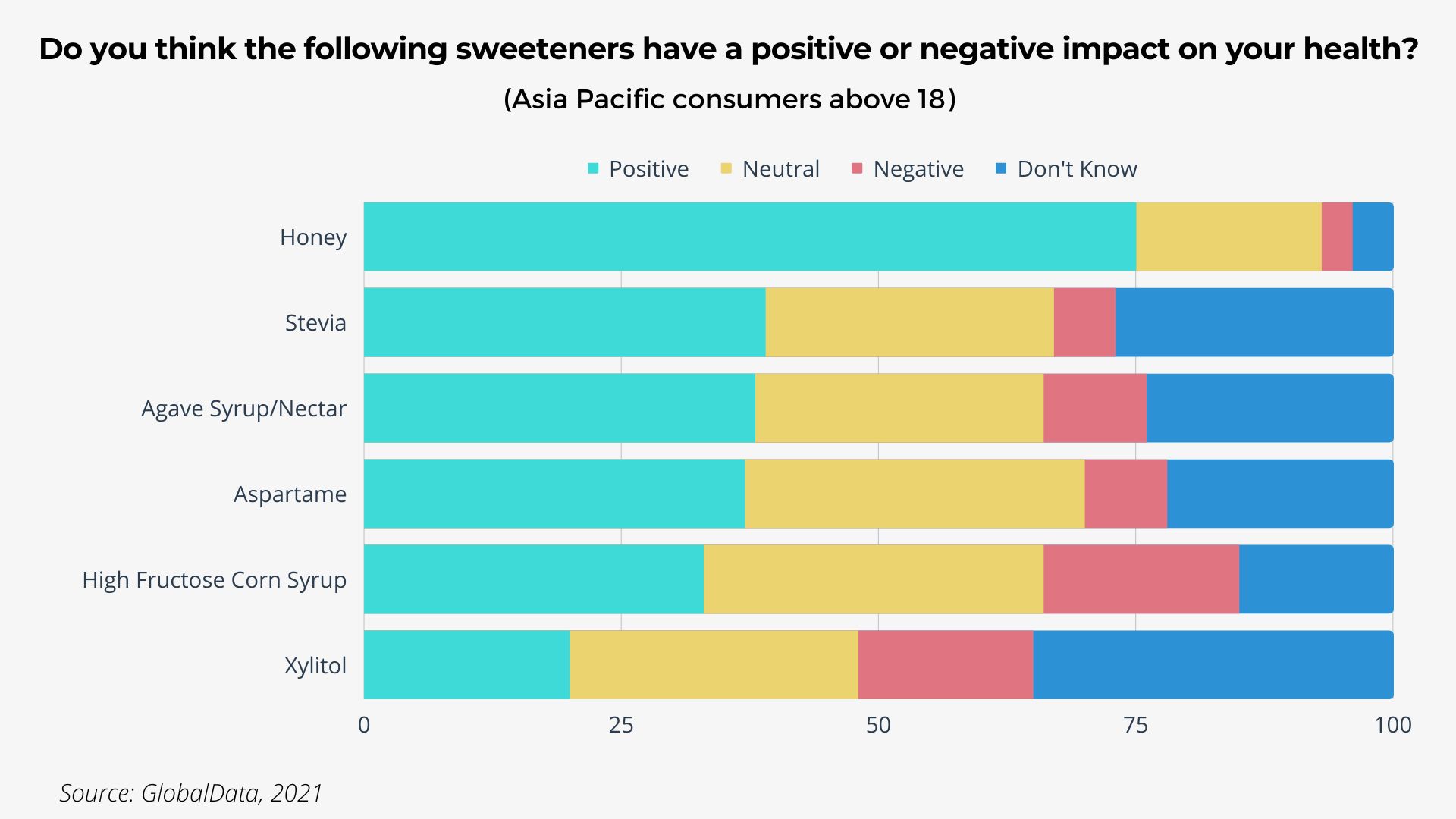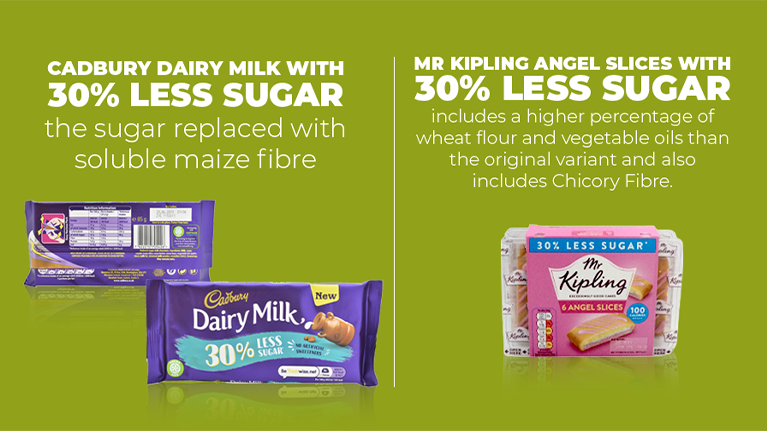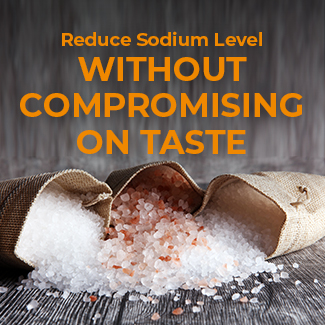Simple, Satisfying, and Not Too Sweet!
With the increased awareness of health issues associated with high sugar intake, consumers are looking to reduce sugar intake thanks to public education efforts.
Regulations in APAC have been enforcing sugar-reduction goals and sugar taxes as health risks such as diabetes and obesity become a growing concern. By directly impacting their wallets, governments hope for consumers to rethink their daily intake of sugar seems to be paying off.

Even though there has been a shift in priorities, urbanised, busy consumers will continue to enjoy indulging in sweet food and drink products, but minus the guilt. Here lies the opportunity for food and beverage producers to step up and fill the gap to offer healthier versions of products without compromising on the taste associated with your brand. Read on for some ways to explore this niche:
AND SYNTHETIC SWEETENERS
STRATEGY 1: USING NATURAL AND SYNTHETIC SWEETENERS
One of the most common strategies of replacing sugar is to use plant-based sweeteners like stevia or sugar alcohols like Xylitol and Maltitol. Mintel GNPD data indicates growth in the use of sweeteners in various categories, including chocolate confectionery, bakery, dessert, and ice cream launches globally, not just beverages!

However, even with a positive-neutral acceptance from customers, substitutes like stevia bring about unpleasant, bitter, and metallic notes. While most masking agents can compensate, they cannot do it in the all-natural way demanded by consumers. Sensient SMOOTHENOL® is a technology developed to mask the off-notes of sweeteners that work to combat this and is applicable in a wide range of food and beverage applications. Now manufacturers can meet consumers’ health profile desires while also giving them great-tasting food and beverages!
STRATEGY 2: REPLACING WITH SOLUTIONS OR FUNCTIONS
Though taking out sugar will reduce the caloric value of foods and drinks, it creates a drastic change in the flavour and mouthfeel that cannot be ignored. Innovations like Sensient’s All-Purpose Sweet Solutions™ offer innovators the opportunity to bring back sweetness while having minus claims. It also caters to dietary needs such as non-GMO, kosher, allergen-free options suitable for beverage, confectionery, and dairy applications.
Other alternative replacements to volume can be done with fibres like Polydextrose and Inulin, Malt Oligosaccharides, and Oligo-Fructose. The added fibre content also increases the focus on gut health, closely linked with overall mental and physical well-being. Some real-life product examples be seen here:
STRATEGY 3: ENHANCING WITH FLAVOUR, AROMA, AND COLOUR
Science tells us that taste is a multi-sensory experience which we construct through our taste buds, visual appearance, and smell. The addition of flavours and colours can therefore enhance the overall profile of the product along with sweetness perception.
Sensient’s range of flavours can be paired with products to improve and build on a “sweet” profile with the added benefit of offering clean-label, kosher, halal, vegan, and palm- and GMO-free solutions. One example would be the DairyBoost and Vegan DairyBoost line that can bring back creamy character and mouthfeel to a product, which takes a hit when considering sugar reduction.

Along with flavour, colour has always had a substantial role in taste perception. Vibrant colours work hand in hand to build a comprehensive or complex taste perception and can draw the customer in even before they take a bite. We have an impressive range of colours that have been tested for stability in an assortment of applications – reach out to us to take your pick from our rainbow collection!











